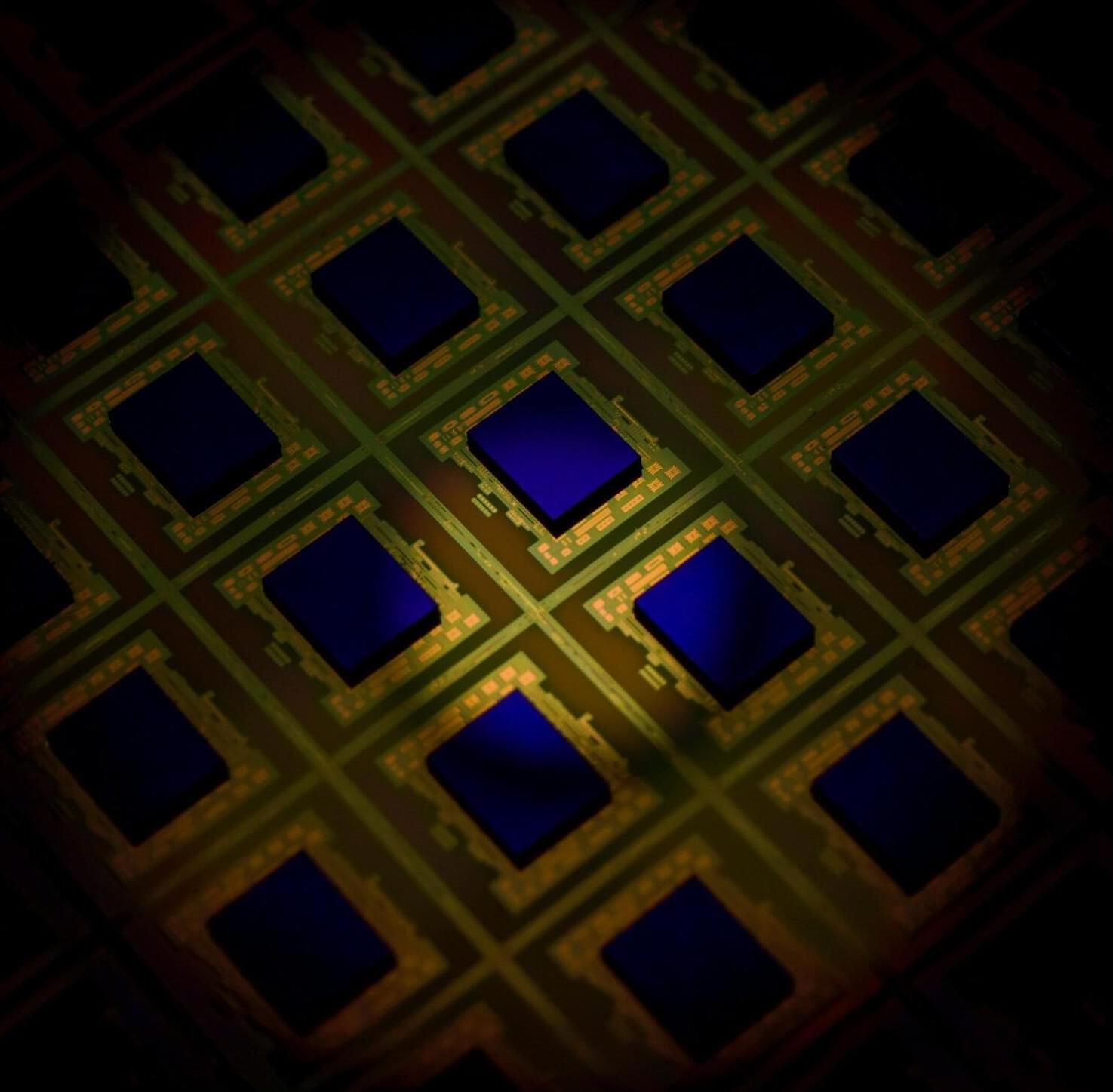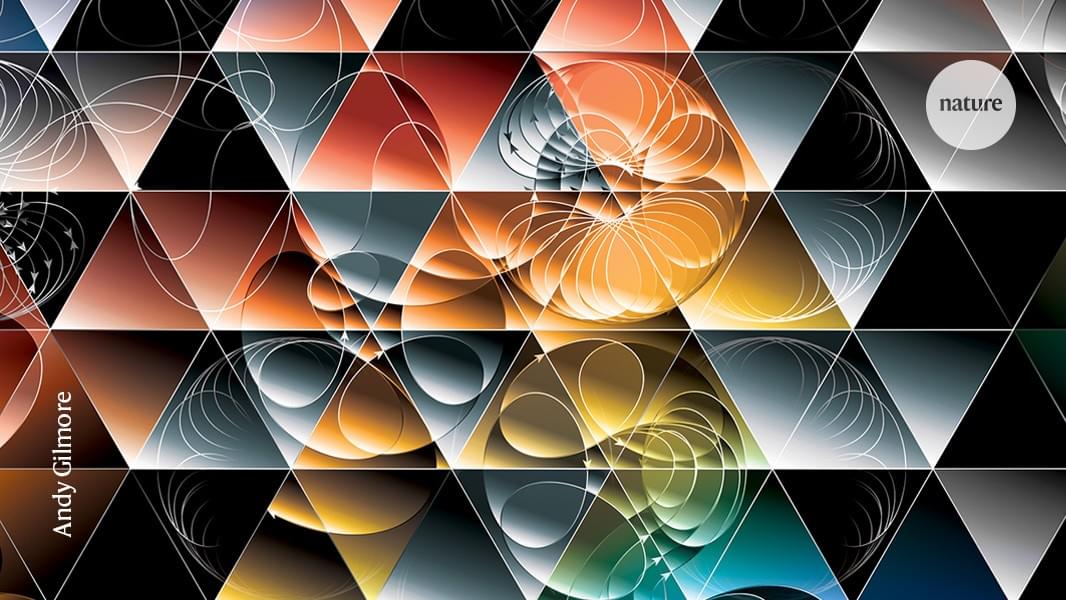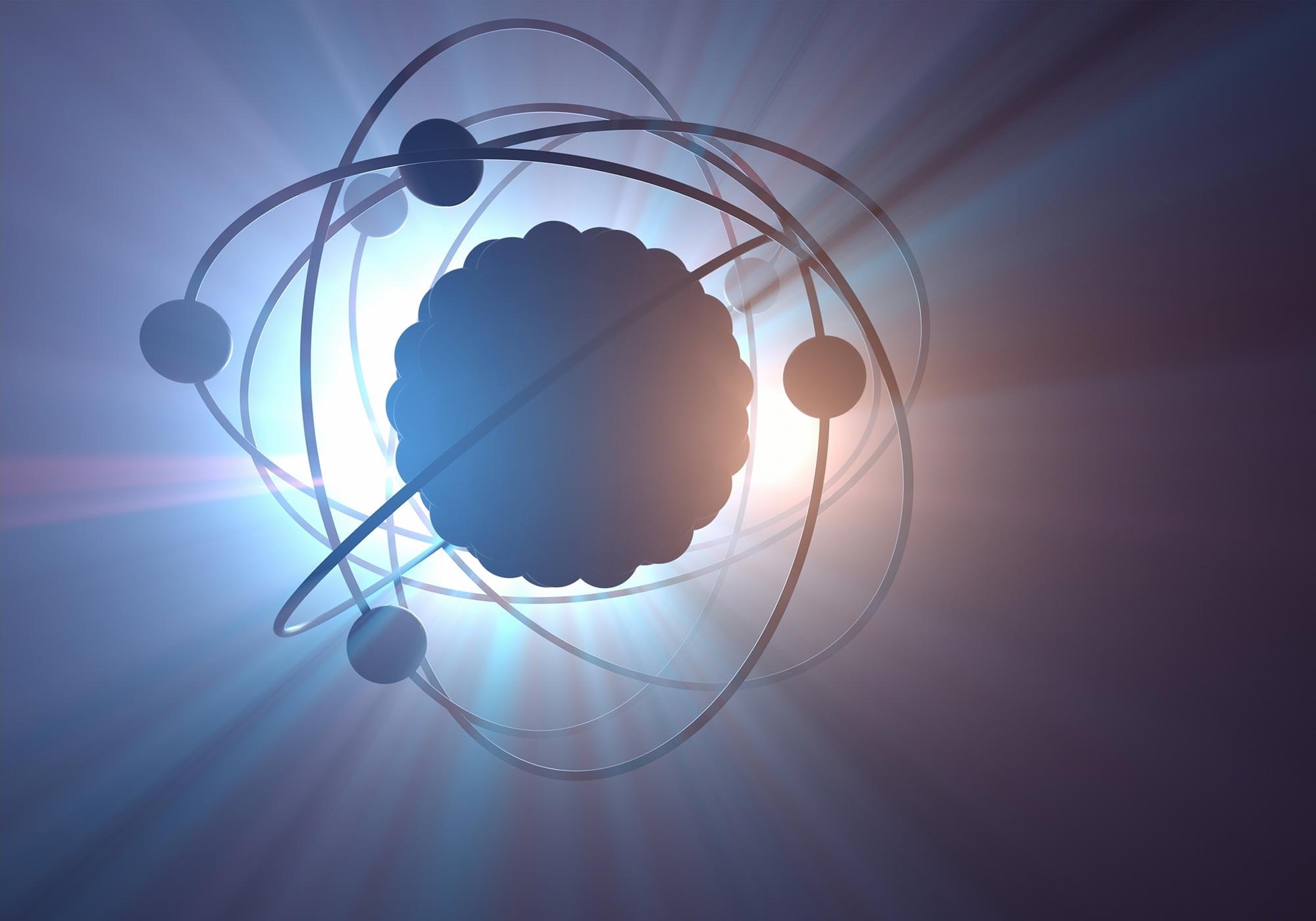A research team affiliated with UNIST announced the successful development of a novel semiconductor device that uses a new class of materials, known as altermagnetism. This breakthrough is expected to significantly advance the development of ultra-fast, energy-efficient AI semiconductor chips.
Jointly led by Professor Jung-Woo Yoo from the Department of Materials Science and Engineering and Professor Changhee Sohn from the Department of Physics at UNIST, the team succeeded in fabricating magnetic tunnel junctions (MTJs) using altermagnetic ruthenium oxide (RuO2). They also measured a practical level of tunneling magnetoresistance (TMR) in these devices, demonstrating their potential for spintronic applications.
The research was led by Seunghyun Noh from the Department of Materials Science and Engineering and Kyuhyun Kim from the Department of Physics at UNIST. The findings were published in Physical Review Letters on June 20, 2025.







